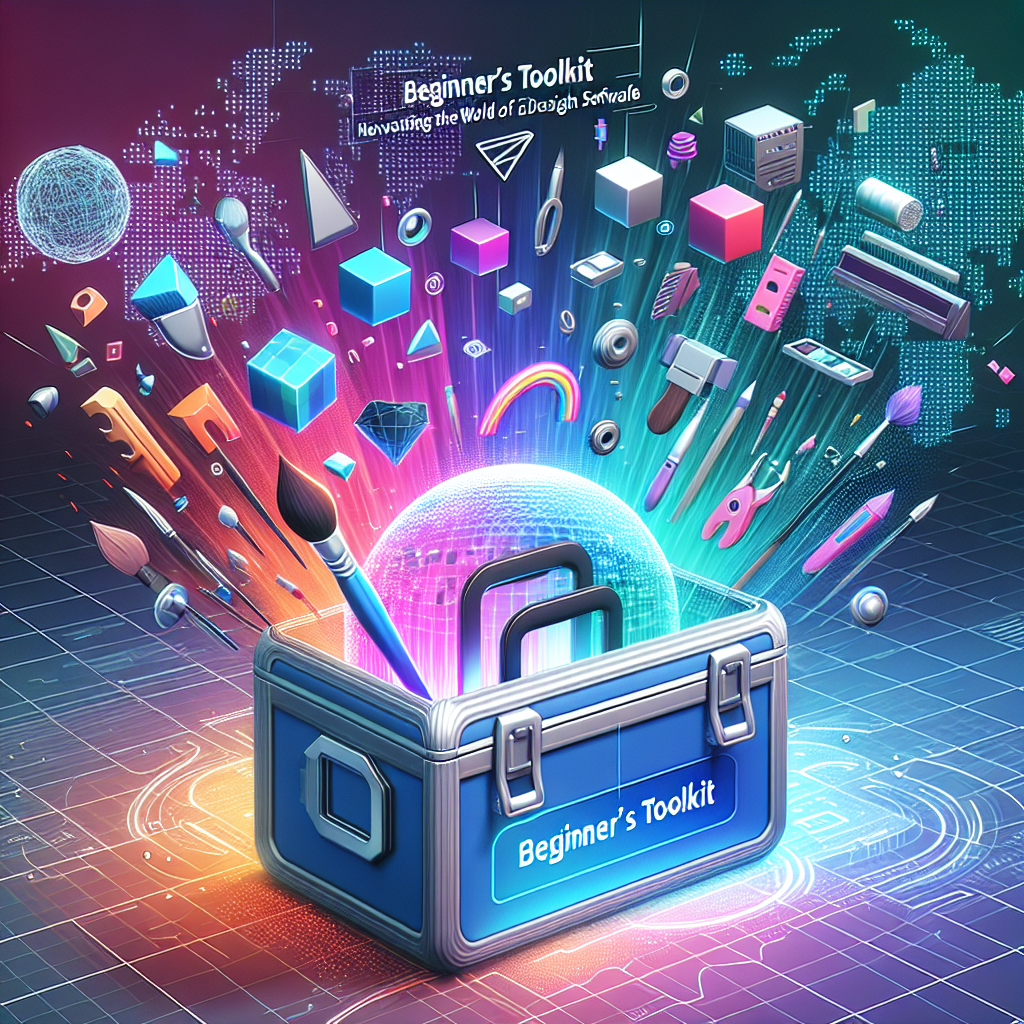Beginner’s Toolkit: Navigating the World of Game Design Software
Embarking on a journey into game design can be both exhilarating and daunting, particularly for beginners. With a plethora of game design software available, each offering different features, complexities, and capabilities, it can be challenging to find the right tools for your specific needs. This article aims to demystify the world of game design software, providing a comprehensive toolkit for aspiring game developers.
Understanding Game Design Software
Game design software encompasses a wide range of tools used for creating video games, ranging from simple 2D platforms to complex 3D environments. It typically includes:
- Game Engines: These are the backbone of any game, providing the functionality necessary to run it.
- Art and Asset Creation Tools: Software for creating graphics, animations, 3D models, and sounds.
- Audio Tools: Programs for editing sound effects and music.
- Development Environments: Tools that allow you to write and edit code.
The Essential Game Design Software Categories
1. Game Engines
Game engines are critical for any game development project. They provide a framework for building games and come equipped with the necessary tools for rendering graphics, simulating physics, and managing game logic.
-
Unity: A versatile engine that supports 2D and 3D game development. Its user-friendly interface and vast library of assets make it ideal for beginners and professionals alike. Unity also offers extensive documentation and tutorials.
-
Unreal Engine: Known for its high-quality graphics and powerful capabilities, Unreal Engine uses Blueprints, a visual scripting language, which makes it accessible for those who may not be familiar with programming. However, it has a steeper learning curve than Unity.
- Godot: An open-source engine that is lightweight and easy to learn. Godot has a unique approach to scenes and nodes, making it flexible for both 2D and 3D game design. Its scripting language, GDScript, is Python-like, making it approachable for novices.
2. Art and Asset Creation Tools
The visual elements of a game are crucial for player engagement. Depending on your artistic skills and the style of your game, different tools may be suited for your projects.
-
Aseprite: This is a popular tool for creating pixel art. Its intuitive interface and animation features allow you to make sprites for 2D games easily.
-
Adobe Photoshop / GIMP: While Photoshop is a powerful tool for graphic design and illustration, GIMP is a free alternative that offers many similar features. Both are excellent for creating textures and UI elements.
- Blender: An open-source 3D modeling software that is particularly popular for creating 3D assets. Blender’s robust features for modeling, sculpting, and animating make it an excellent choice for indie developers.
3. Audio Tools
Sound design can elevate a game’s experience, helping to create an immersive atmosphere.
-
Audacity: A free, open-source audio editor that is perfect for recording and editing sound effects and music. It may lack advanced features present in professional software, but it’s sufficient for beginners.
- FL Studio / Ableton Live: These are more advanced tools for music composition and sound design. They might have a steeper learning curve but offer extensive options for creating captivating game soundtracks.
4. Development Environments
For developers looking to code their games, choosing the right development environment is crucial.
-
Visual Studio: This versatile IDE (Integrated Development Environment) is widely used for C# and C++ programming and integrates seamlessly with Unity and Unreal Engine.
- Visual Studio Code: A lightweight, open-source code editor that supports numerous programming languages through extensions. It is particularly popular among indie developers and for side projects.
Additional Resources
Online Learning Platforms
As a beginner, you’re not alone. There are numerous online platforms offering courses and tutorials to help you navigate your software of choice:
- Udemy
- Coursera
- YouTube: Channels like Brackeys and Extra Credits offer valuable insights into game design principles and software functionality.
Community Forums and Chat Groups
Engaging with the community can be immensely helpful. Consider joining:
- Reddit (subreddits like r/gamedev)
- GameDev.net
- Discord communities focused on game development.
Conclusion
Starting your journey in game design can seem overwhelming, but with the right tools and resources, it can also be immensely rewarding. By carefully selecting the software that fits your creative vision and skill level, you will lay a strong foundation for your future projects. Remember to embrace challenges as learning opportunities and connect with fellow aspiring developers. The world of game design is rich with diversity and creativity, and your unique contributions could soon join the ranks of the next generation of compelling games. Happy developing!




